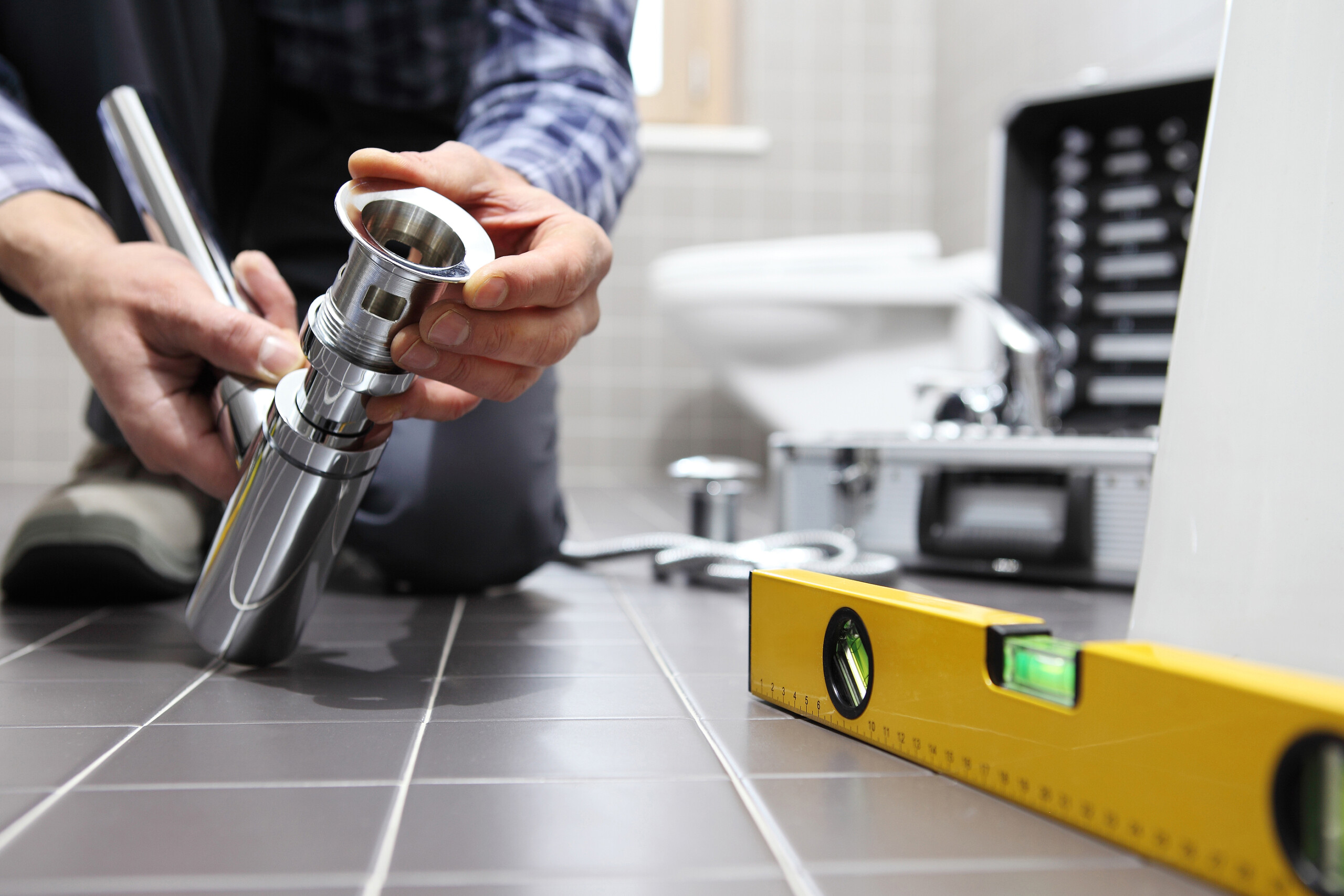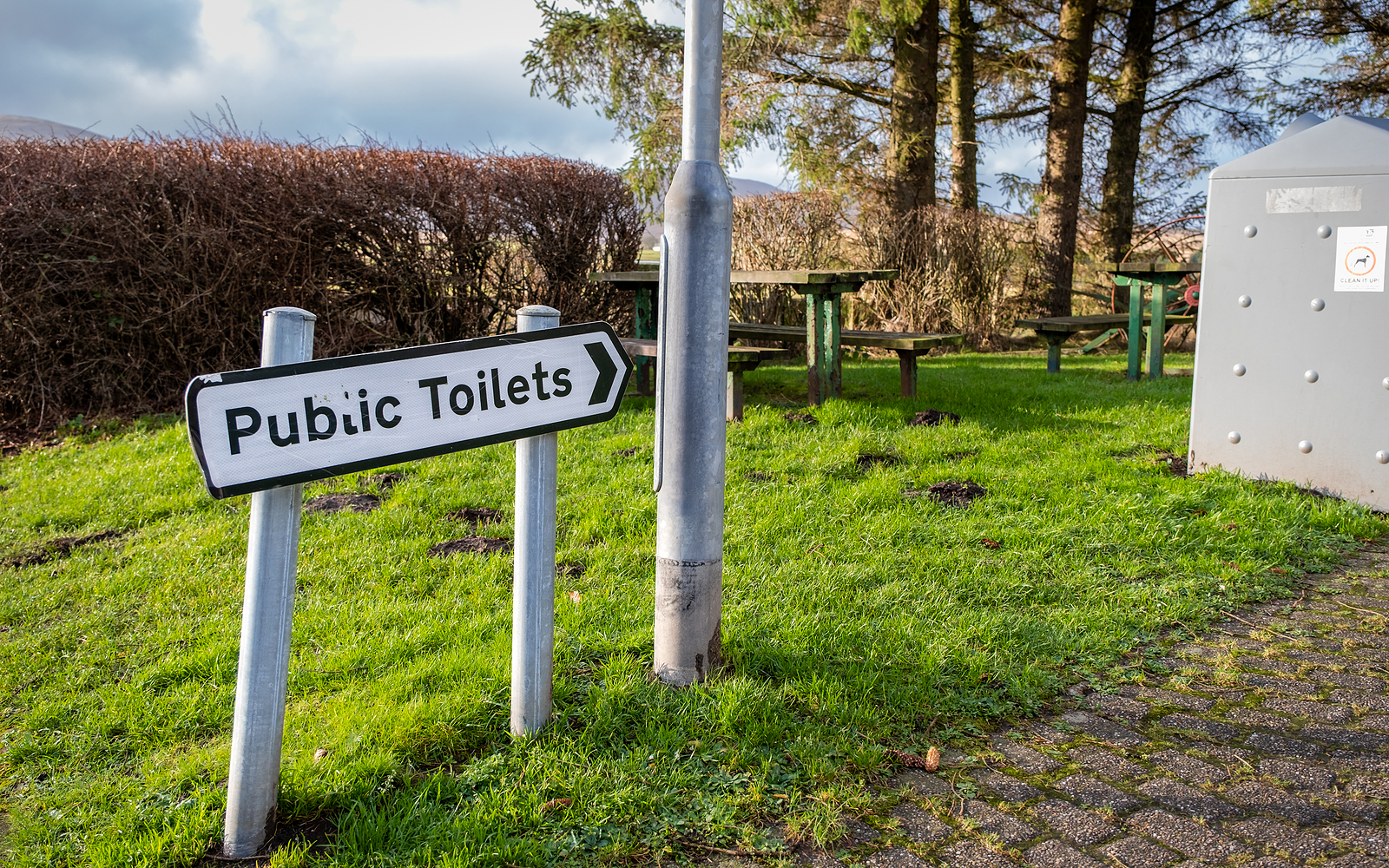

Whilst ceramic toilets and sinks are the most commonly found type of fixtures found in toilet cubicles, an increasing number of public washrooms feature toilets, urinals and sinks made from stainless steel instead.
Since the Bessemer Boom of the mid-19th century allowed for high-quality, corrosion-resistant steel to be produced inexpensively, steel has been increasingly used, either on its own or as the frame for glazed ceramics.
However, since the late 20th century, steel has become increasingly common in public washrooms, seeing particular use in washrooms that are used particularly regularly.
Why is this, and what makes stainless steel particularly useful for making toilets?
Highly Resistant To Corrosion
The most critical quality a toilet needs is to avoid corrosion or soiling caused by body waste and cleaning chemicals, and particularly resistant steel alloys have become the best-in-class at this in recent years.
This was not always the case; cast iron was initially used for the first flushing toilets, but were replaced by ceramics and earthenware due to iron’s issues with corrosion. Alternative materials such as stone or brick tended to be too porous for constant use.
Modern stainless steel alloys do not have this problem and can last for many years even with heavy use.
Natural Bacteria Resistance
Because of the nature of the alloy, steel lacks the kind of porous surface that bacteria need to multiply. This provides them a type of natural antimicrobial effect that is naturally extremely important in public washrooms.
In some places, this is enough alongside mild cleaning, but it also helps enhance the effect of a strict, intense cleaning routine using harsh chemicals.
Minimal Downtime
Stainless steel has a legendary durability, to the point that modern city skylines are only possible because the material can withstand extreme forces for decades, if not centuries.
This durability extends into every possible use case, including toilets, and part of the reason why steel is so commonly used in high-traffic washrooms such as those found in aircraft, airports, trains, railway stations, events venues, stadiums and major public buildings is thanks to this robustness.
A durable toilet will not break due to an accident or intentional vandalism, and in situations where downtime is resolutely undesirable, steel will not crack or break.
Can Be Industrially Cleaned
In some use cases, toilets need to be cleaned using particularly potent chemicals, and stainless steel will not be damaged through the use of aggressive disinfectant materials often required for industrial applications.
These are not often necessary because steel toilets are remarkably easy to clean and care for, but they demonstrate their versatility, as well as how they will not absorb unpleasant smells or materials.
Resistant To Staining Or Marking
Metal washroom fixtures are much harder to mark, write on or paint than ceramic or plastic ones, meaning that they are inherently resistant to vandalism, staining or marking.
Scratching stainless steel is inherently very difficult, and using other materials either will to work at all or can be easily cleaned off using standard cleaning products.
This avoids issues with graffiti, which can affect public washrooms in places such as nightclubs.
Aesthetic Flexibility
Stainless steel toilets are typically seen as a utilitarian option, and for all of the reasons noted above and many others, this is an extraordinarily fair assessment.
However, that is not to say that steel cannot be part of a stylish luxury toilet, nor can it be customised or made part of a luxury bathroom environment.
From an aesthetic standpoint, they are naturally best suited to industrial chic and industrial environments, but brushed steel can be used in upscale restaurants and hotels as part of a more stylish look.
They can also be paired with other metal fittings such as cubicle partitions, sinks and mirror frames to create a striking look.
A Sustainable Choice
With sustainability an increasingly important consideration for building managers and architects, stainless steel becomes an exceptionally viable alternative to ceramics in a wide number of situations.
If you have seen a building being demolished, ceramic toilets are often one of the first objects that need to go to landfill; even if they survive being removed from the building intact, they cannot be reused.
Meanwhile, steel is almost infinitely recyclable into almost anything; all that you need to do to use it again is simply melt it down, a process that has been widely used for thousands of years.
As well as this, steel toilets can be used for many years without requiring replacement, and longevity is one of the best ways to make anything sustainable.




